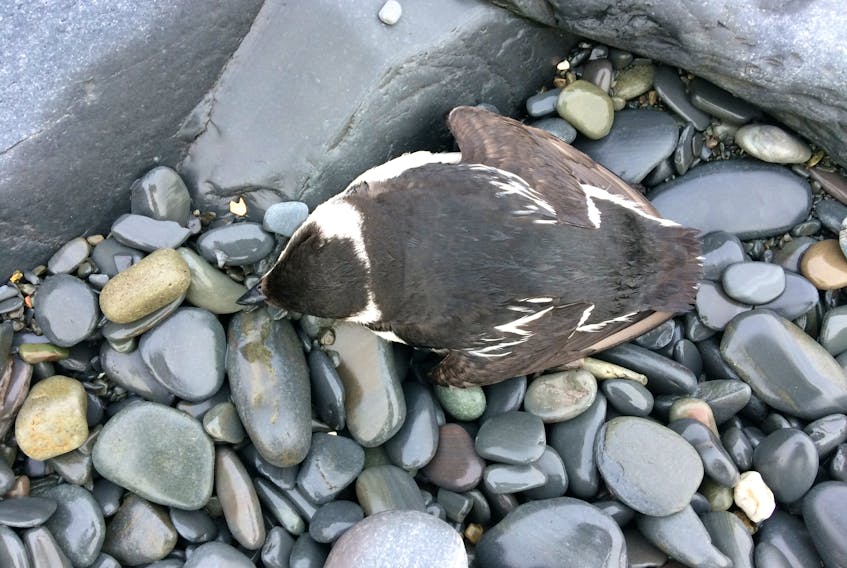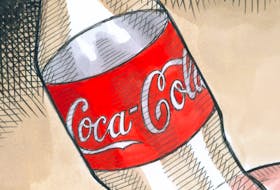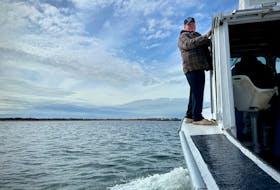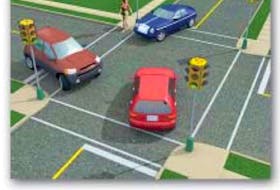You can’t be alive and not realize that change is a constant.

All you have to do is to look down at the backs of your own hands. There’s always something new there: a new line, the white of a sun-defying scar, a subtle change in the topography of veins. Always enough to remind you that time marches on.
I have walked the same crescent of grey stone beach in Conception Bay North now for nine years. Some things there never seem to change: a low, battered reef of stone still rips into the bellies of the waves, disemboweling them into foam before they can reach the beach proper. The rocks parallel to the shore still fence in great active tidepools, filled with barnacles, clusters of tiny mussels, periwinkles travelling from end to end and small amphipods circling above everything else with their curious body-clenching, pulsing swimming stroke. Little ocean universes, living through their own cycles.
But other things have changed: the number of dead seabirds seems higher; it’s a rare day that you don’t find the whole or partial remains of gulls or bullbirds, the long arch of a bare breastbone or a whole bird huddled against the rocks.
Shoreline erosion is a slow thing, but noticeable if you’re looking for it. There are several places on the beach or atop the surrounding rocks of the cove where the sea is now regularly reaching the edge of the meadow and the berrylands .
There are manmade changes I notice, like the increase in plastic in the tideline, the leading contenders so often plastic drink bottles and, oddly, the small bright torpedoes of disposable lighters. (Why, I wonder, do people throw a clear plastic bottle into the sea with two inches of electric-blue drink still inside? Why can a lighter never find its way to proper disposal?) There is always new Styrofoam, often a wheel or two from a child’s toy, always chunks of plastic too battered to explain what it once was. It is often the tideline now, replacing the seaweed.
I wonder about larger things, though.
Shoreline erosion is a slow thing, but noticeable if you’re looking for it. There are several places on the beach or atop the surrounding rocks of the cove where the sea is now regularly reaching the edge of the meadow and the berrylands. Places where long tongues of fresh soil now spill down to the water’s edge, tufts of turf following. The sea is regularly reaching the land, and the land is losing. Significantly. The slides are fresh and new, the sods of grass still green on its slide to the oceans.
The beach stones themselves are different, too, at least in their order and location: they move more, and more quickly, than it seems they used to. There’s a big flathead engine that sits flush in the beach, an engine that gets covered and uncovered regularly. You used to be able to mark its location by the fact it sat among a scattering of stones far too large to lift, rocks as big around as store-bought inflatable kiddie pools. But those rocks are all gone, plucked off the beach and slung back somewhere in the deep. The flat regular plain of the beach has changed, too; now, wherever there’s a gap in the solid stone wave-eating reef, the beach rocks are pulled away in long funnels, the reverse of an alluvial fan, as if the beach is running down a new drain.
A cove or two away, an all-stone beach became sand after a single winter of storms, and has stayed that way since.
One more year, and I will have spent a decade walking that beach, a beach that has changed more drastically in the last two years than in the seven that preceded them.
I really wonder what the next 10 years will bring, should I be lucky enough to have them.
Russell Wangersky’s column appears in 36 SaltWire newspapers and websites in Atlantic Canada. He can be reached at [email protected] — Twitter: @wangersky.









